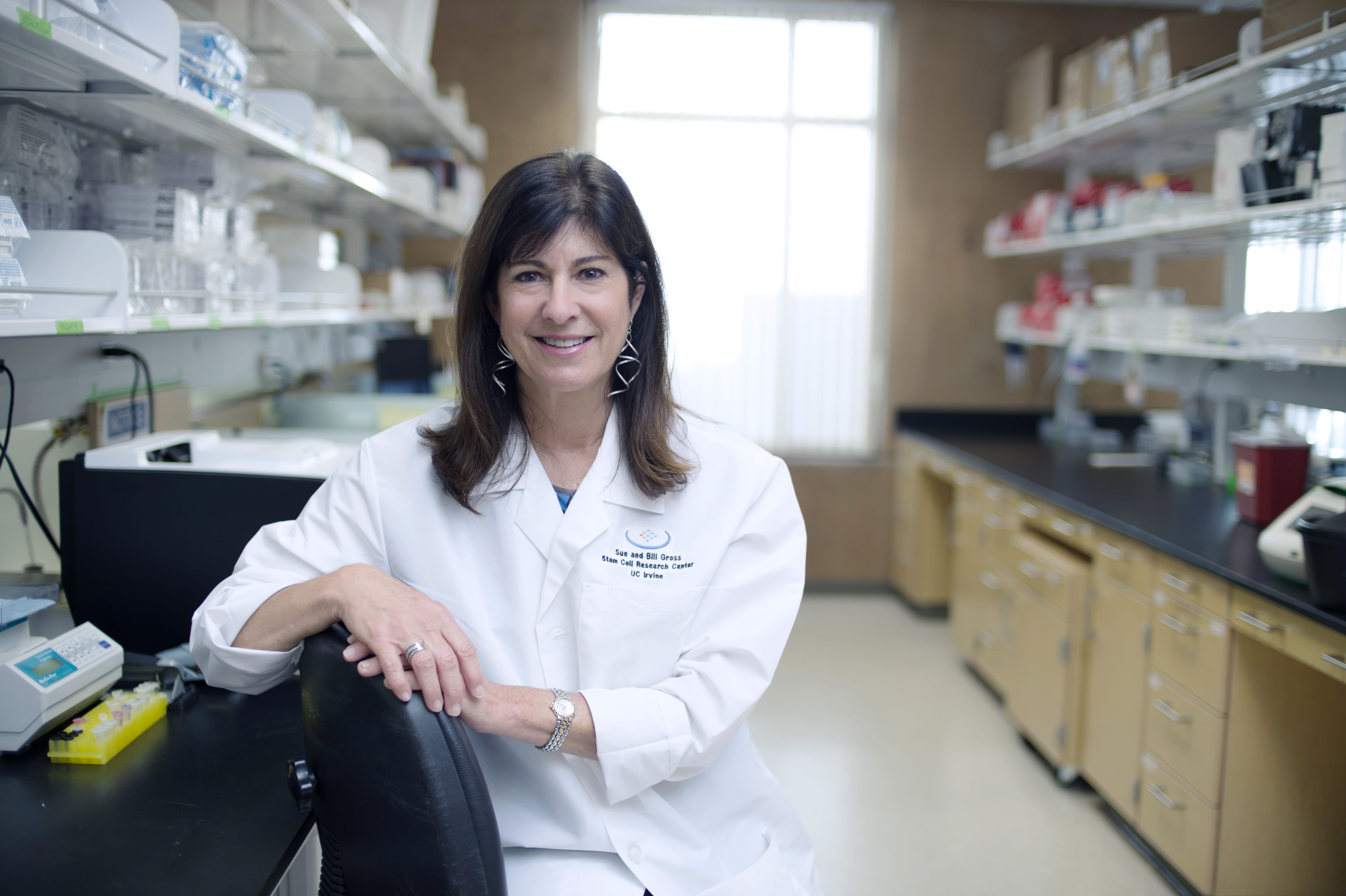Finding the ‘fingerprints' of prostate cancer
Dr. Dan Mercola has identified genetic biomarkers — or “fingerprints” — of prostate cancer that yield specific information about tumors, permitting earlier detection and more effective treatment.

Like many middle-aged men, Dr. Dan Mercola thinks a lot about prostate cancer.
But the UC Irvine professor of pathology & laboratory medicine has no personal concerns. Instead, he’s using his considerable research skills to help the more than 200,000 men diagnosed with the disease each year in the U.S.
Mercola hopes to do this by making it easier for physicians to diagnose and gauge the severity of prostate cancer, which affects nearly one in five American men during their lifetime. He has identified genetic biomarkers — or “fingerprints” — of the disease that yield specific information about prostate tumors, permitting earlier detection and more effective treatment.
To accelerate the transformation of his findings into clinical products, Mercola and UCI colleague Michael McClelland established the startup biotech company Proveri Inc., which licenses his UC-patented and -owned technology to develop diagnostic and prognostic tests for prostate cancer.
“As a physician and a researcher, you feel you’ve accomplished something if your discoveries help people,” says Mercola, co-leader of the Prostate Translational Working Group at UCI’s Chao Family Comprehensive Cancer Center. “I believe that to fulfill your promise, you need to pursue these opportunities.”
Prostate cancer is the most common malignancy among American men. It can be either aggressive, which requires radical treatment, or indolent, requiring only conservative medical management. However, it’s not always possible at the time of diagnosis to tell which form a patient has.
Mercola’s work on biomarkers began in the late 1990s, when he led a multisite study in San Diego to find the genes expressed in the four major cell types within prostate carcinoma. More than 3,200 genes predominantly expressed in at least one of these cell types were identified.
Using this array of genes, Mercola created a biomarker test for prostate cancer that renders a prognosis at the same time as diagnosis. Knowing whether they have the aggressive or indolent version, he says, lets patients better understand their disease and treatment options.
To test this method, Mercola in 2005 began a National Cancer Institute-sponsored group — SPECS — that recruited more than 1,500 patients from seven sites in Southern California and at Northwestern University in Chicago. With results from this trial, Mercola — through Proveri − and partner AltheaDx are developing an RNA-based assay test for use by oncologists.
“We’re aiming to meet a critical unmet need in prostate cancer treatment,” Mercola says. “Up to 30 percent of men don’t need radical treatments like radiation or surgery, and this test will allow us to determine who they are.”
Earlier this year, he received a second $3.5 million NCI grant as part of the agency’s Early Detection Research Network to develop another test – this one to enhance the results of prostate biopsies.
More than 1 million such biopsies are performed in the U.S. annually, and 10 percent to 15 percent are found to be “nondiagnostic,” Mercola says. These don’t contain tumor cells but exhibit other abnormalities, requiring the patient to return for another biopsy within a year.
His diagnostic test can detect the presence of tumor cells elsewhere in the prostate through unusual gene activity in “nondiagnostic” biopsy tissue.
Currently, Mercola is collaborating with UCI urologist Dr. Atreya Dash and Orange County Urology Associates to enroll 900 men scheduled to undergo prostate biopsies in a clinical trial of the test’s effectiveness.
With results from this trial, he will work — again through Proveri — to bring to the clinic a tissue-based assay that will let pathologists use digital microscopic imaging of biomarkers to diagnose formerly “nondiagnostic” cases.
“A test like this is badly needed,” Mercola says. “It reveals tumors six months to a year sooner, lets us identify who needs a repeat biopsy as soon as possible and provides new treatment choices for those now in diagnostic limbo. Early detection holds great promise for better prostate cancer outcomes.”


